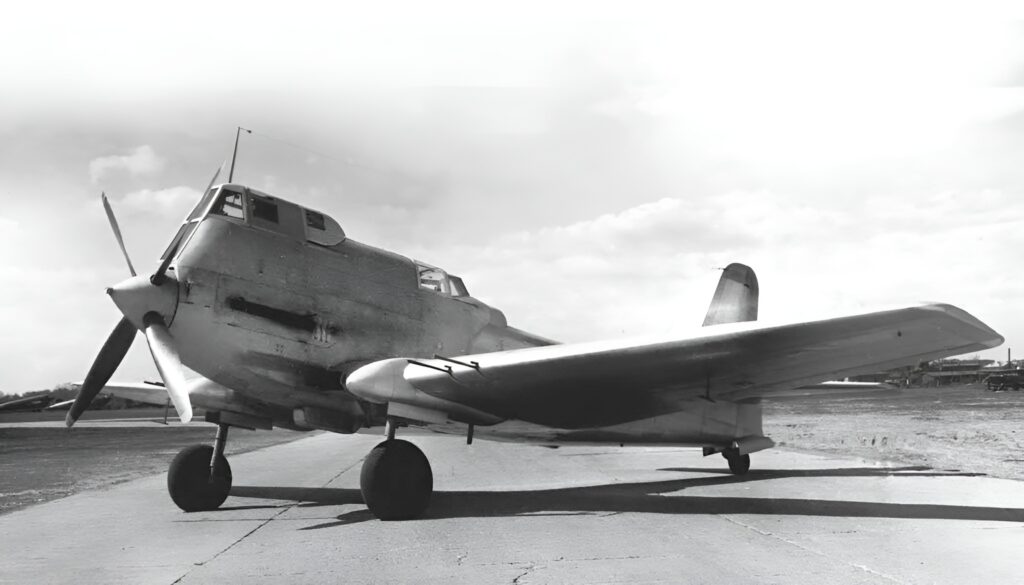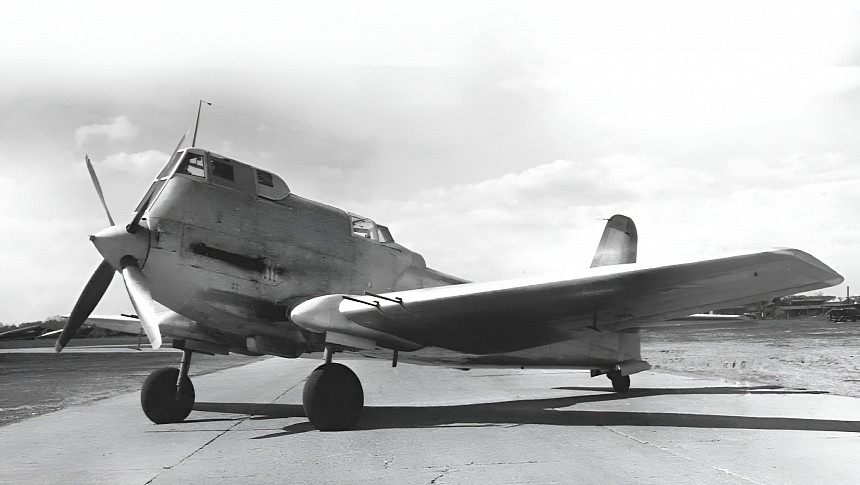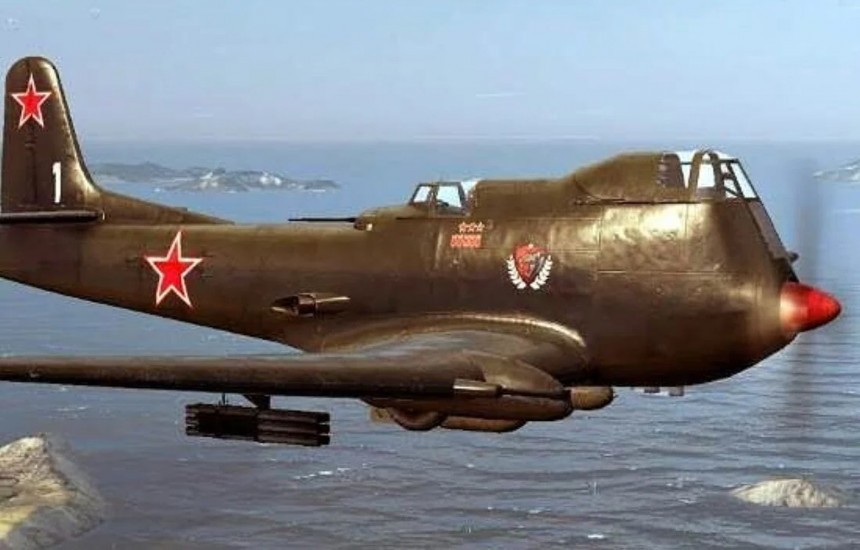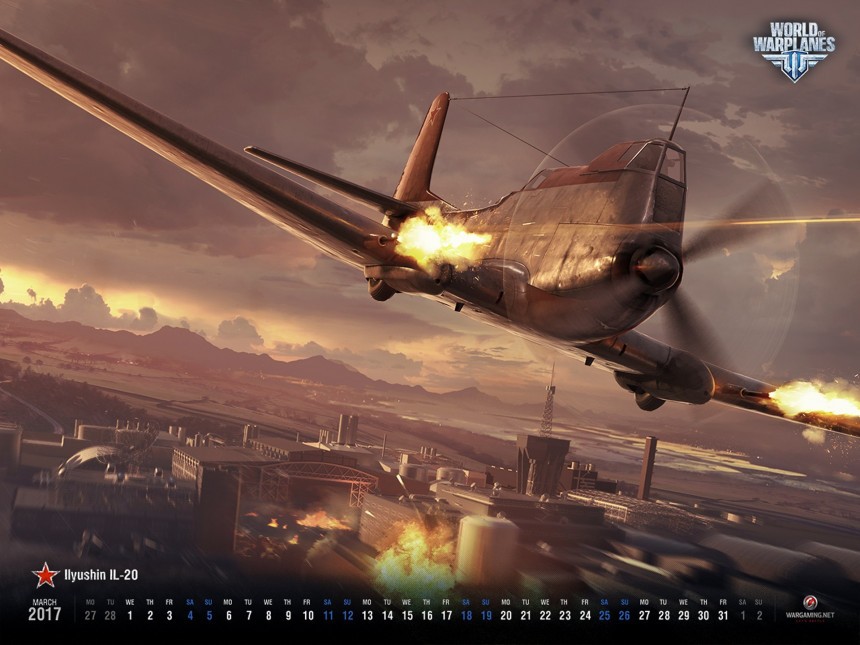

Between the Il-2 and Il-10, these two attack planes were like the Camry and Corolla of the Red Air Force from Operation Barbarossa to the Capture of Berlin. In key factors of reliability and raw production output, the twin birds really were like Toyotas. But there was a problem. No sooner were the Il-2 and Il-10 finished turning Panzerwagens to paste did the first jet fighters appear on the scene. The prospects of an Il-2, with its lethargic top speed and pedestrian maneuverability duking it out with an American Lockheed Shooting Star or a British Gloster Meteor, didn’t bode well anyway the Kremlin sliced it.
With this in mind, something was needed, at least in the minds of Illyushin engineers and the Red Air Force, to squeeze just a little bit of life that was still left out of the Sturmovik’s lineage before more powerful Soviet attack jets usurped their role. We don’t know what the meeting to design the Il-20 may have looked like. But if we had to guess, it went something along the lines of a Politburo pencil pusher daring an Ilyushin engineer to build a tank with wings. To which the engineer must have said, “Hold my kvass.”

Typically, a military aircraft doesn’t want to be flying with an extra few millimeters of hardened steel armor weighing them down. But, because Soviet engineering incentivized the simple and strong over the complex and dainty back in the 1940s, 1,840 kg (4,060 lb) of sloped armor plating was sure to cure whatever was ailing Ilyushin’s engineers. Ranging in thickness from six to 15 mm (0.24 to 0.59 in), it was possible, in theory, for this 9,500-kilo (20,944-lb) beast of a machine to shrug off incoming anti-aircraft fire while raining a hail of RS-132 132 mm (5.20 in) rockets and up to 1,190 kg (2,623.5 lbs) of bombs on target. If all else failed, two bespoke cannon configurations were devised consisting of two 23×152 mm autocannons or two 7.62×54 mm machine guns pointing forward and a sizeable 12.7×108mm heavy machine gun mounted in the rear cockpit.At the heart of what was dubbed “the Gorbach” (Russian for Hunchback) was an all-new V12 so obscure nowadays that only sketchy Russian copies of old Soviet aviation manuals on the secretprojects.co.uk forum were able to prove its existence, the Mikulin AM-47. A completely different engine compared to the IL-2’s AM-38, it’s known the AM-47 cranked out at least 3,000 hp at full throttle. This was enough to keep the Il-20’s cruising speed of 250 mph and service ceiling of 4,525 m (14,846 ft) in line with that of the Il-2 and Il-10 with the added benefit of all the new armor.
With its first flight on December 5th, 1948, out of Ilyushin’s company airfield in Russia, the Il-20 was found, predictably, to make about as much sense in real life as the above-mentioned jet-engined biplane crop-duster. The Soviet Hunchback may have had the same cruising speed as an Il-2, but at 2,800 m (9,200 ft), its top speed of 515 kph (320 mph) was actually slower than the Il-10. We’re sure Ilyushin knew full well being aero engineers, how a bulky armored cockpit creates more drag than a quarter-mile strip. But the Kremlin wants what the Kremlin wants. That is until the Kremlin realizes their idea is dumb and tosses it under Babushka’s plush carpet.
Such was the case with the Il-20. By May 1949, the coming of the jet age was to doom the project, whether it was any better than the Il-2/10 or not. The whereabouts of the single Il-20 prototype appear to be unknown, but it’s likely that the airframe was scrapped as the Soviet Union geared up for a conflict with the emerging NATO alliance. A war they’d go on to fight less than a year later in 1950, over the skies of a divided Korea and the 38th parallel. Ironically, the Il-2 and Il-10 both saw considerable service during the Korean War.

Meanwhile, the only reason anyone in the West has even heard of the Il-20 is due to its appearance in the wargaming.net flight combat game World of Warplanes. A game that’s known most notably for being so mediocre compared to War Thunder’s aviation battles that it might as well be an analogy for the Il-20’s short, unremarkable, and nowadays little-remembred place in Soviet aviation history.